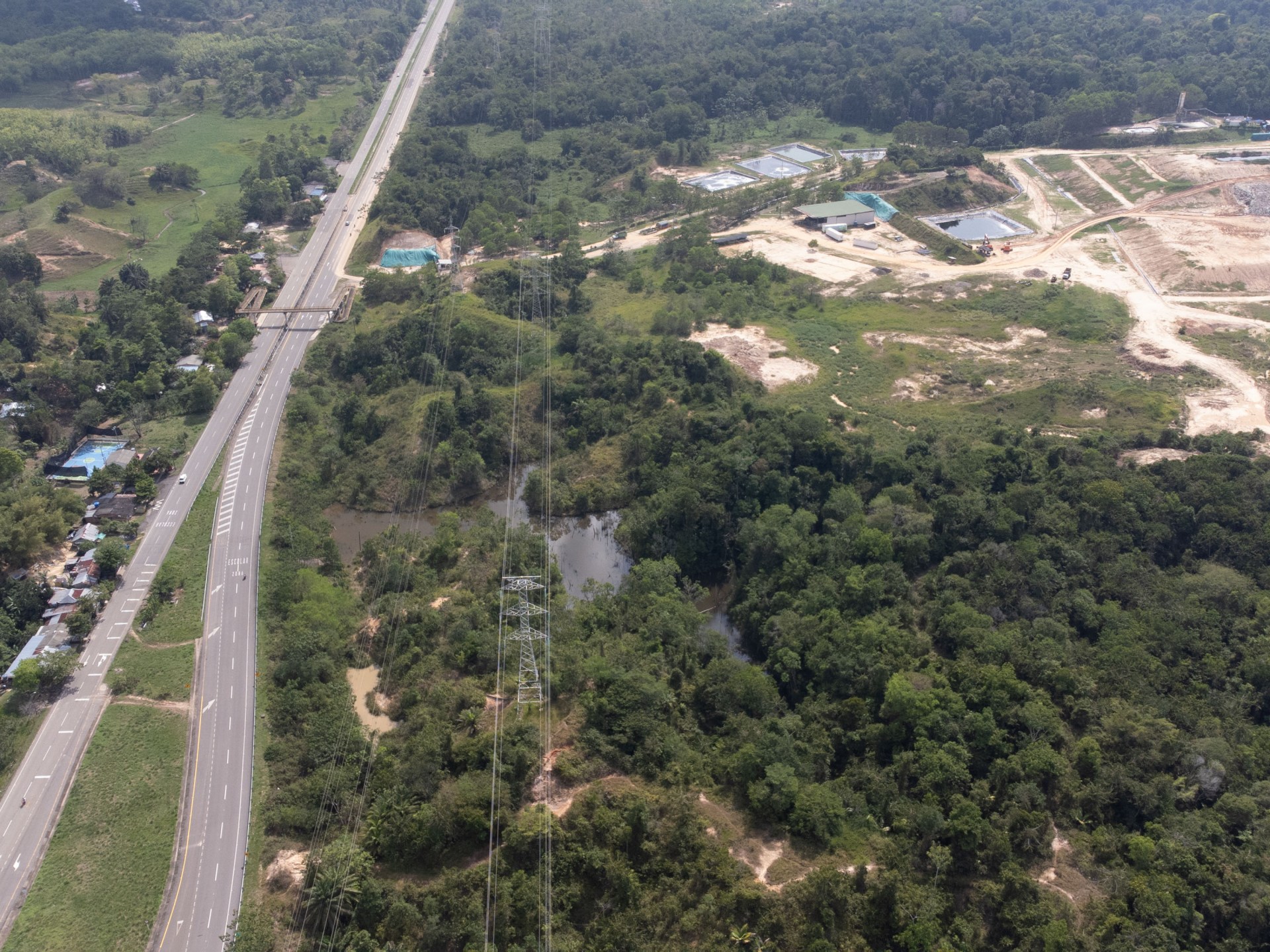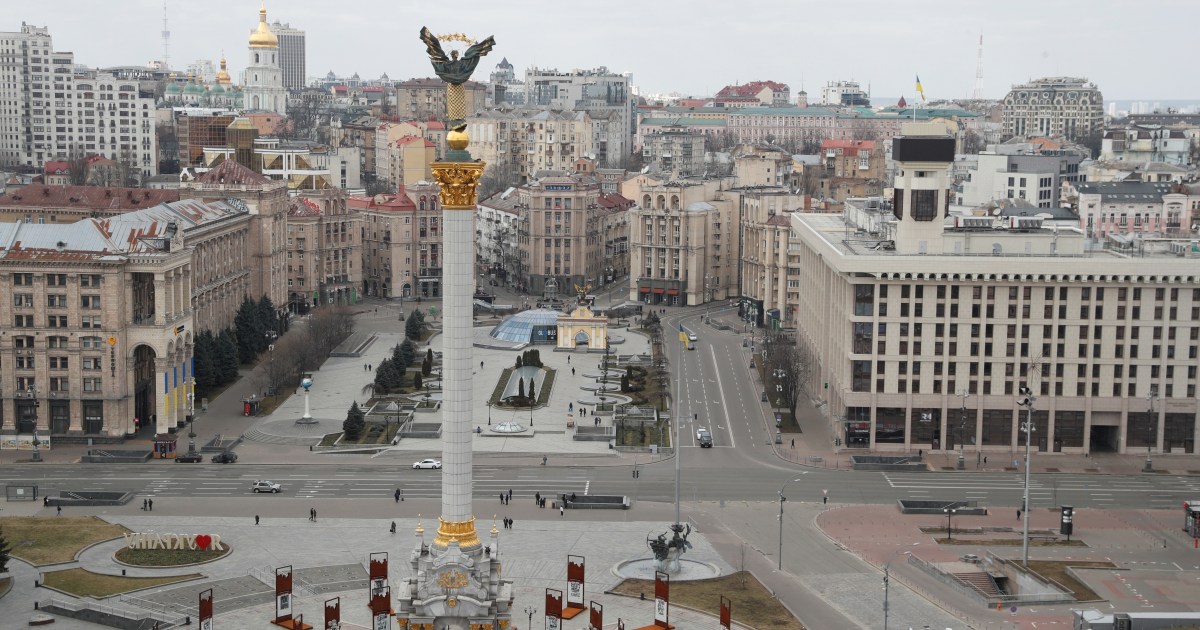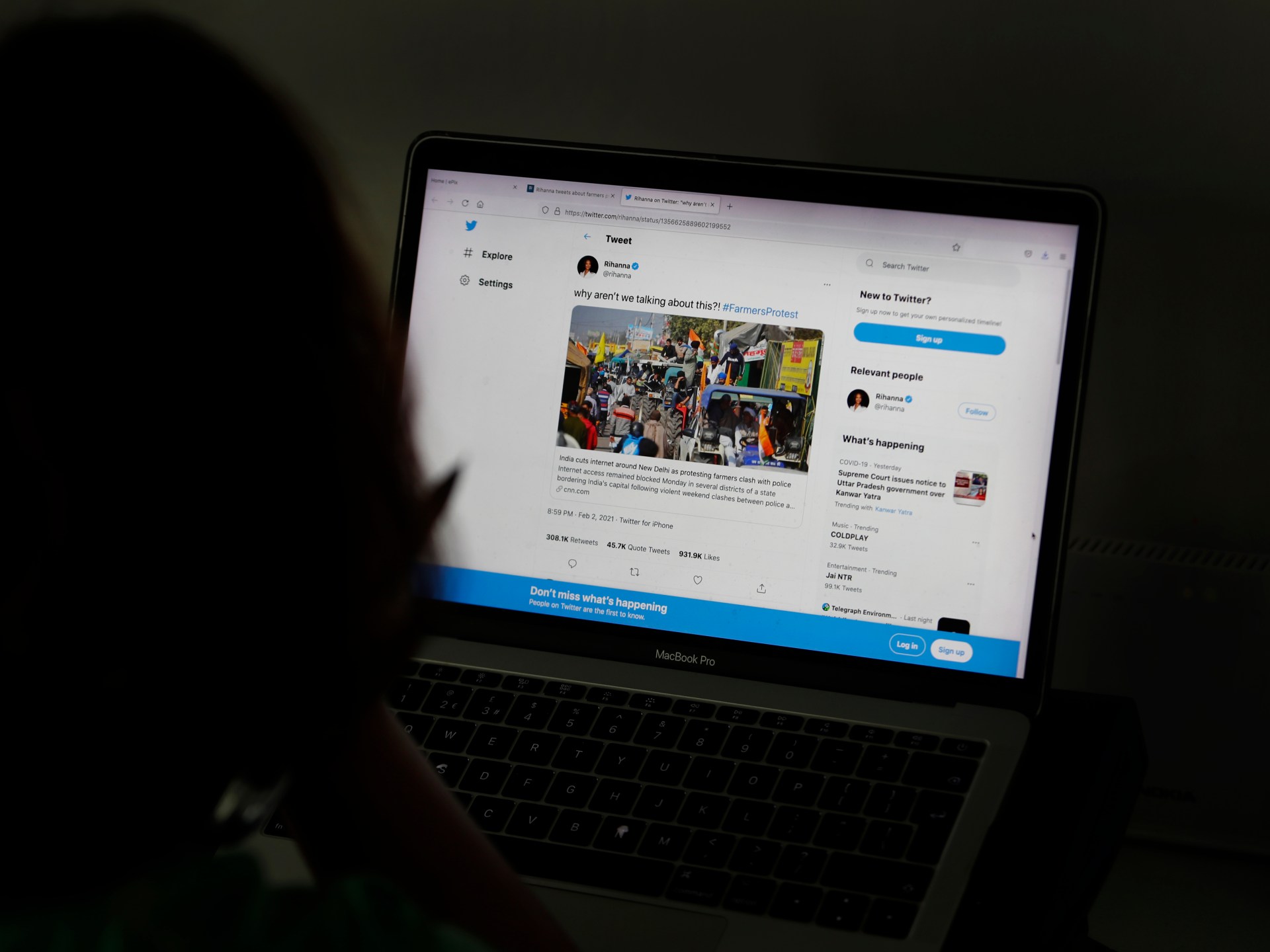‘Defies all logic’: The Colombians living by a ‘toxic’ landfill | Environment News
Bogotá, Colombia – A few years ago, Graciela Rojas realised that her town stinks.
Her small rural community of Patio Bonito lies on the outskirts of the city of Barrancabermeja, in the lush San Silvestre wetlands, surrounded by a patchwork of swamps, lagoons and tropical forest.
But despite its ecologically sensitive location, the town is a dump. Literally. Patio Bonito, home to approximately 200 people, is situated under the shadow of a large landfill, established in 2015.
Many Patio Bonito residents have denounced the landfill’s detrimental impact on the environment, as well as on the health and wellbeing of the community. They blame the dump site for the increased contamination of their water, food sources and local marine ecosystems.
And now, a new report published on Tuesday by the human rights group Global Witness suggests that corporate mismanagement contributed to the pollution.
“Can you imagine what it is to live in a clean, green area with fresh air and, from one day to the next, see it full of rubbish? The smell was no longer the same old smell of wild nature but a creeping smell of garbage, some shocking odours,” Rojas told Al Jazeera.
“The first few years were terrible. It was a serious issue. The environmental damage to the community was very disconcerting,” she recalled.
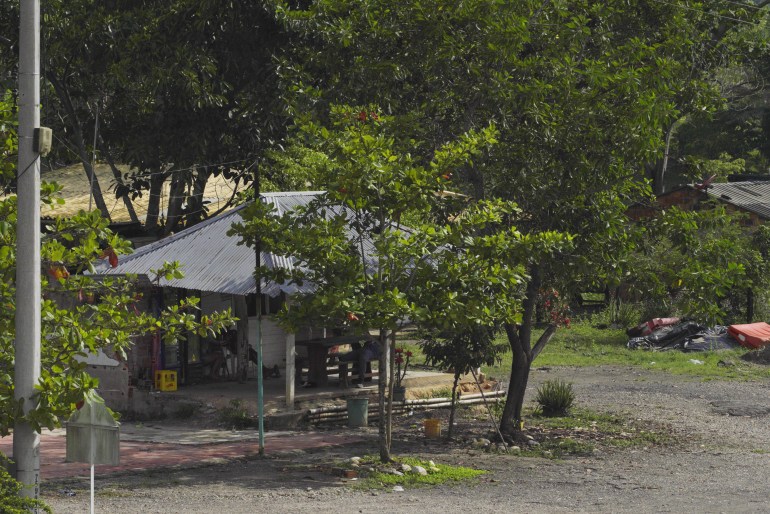
Report calls for ‘urgent actions’
In the report, Global Witness condemned the ongoing activity at the landfill, which was originally run by the Colombian company Rediba but changed hands in 2019.
It is now operated by the French waste management and energy services company Veolia, which Global Witness urged to take “urgent actions” at the site.
“The devastating effects of the landfill on the lives of the local community can no longer be ignored,” Shruti Suresh, leader of Global Witness’s land and environmental defenders campaign, said in a statement.
Dubbed the San Silvestre Environmental Technology Park, the landfill now receives approximately 160 tonnes of rubbish per day — made up of waste from Barrancabermeja as well as from nearby oil refineries.
But the report found evidence that “severe contamination” at the site has had “devastating consequences” for the community.
Environmentalists documented “mass die-offs of fish and ruinous effects for other wildlife”, while medical professionals discovered “shocking impacts on the health of Patio Bonito residents”.
In its conclusions, Global Witness called on Veolia to “address further the harms suffered by the community and defenders who have spoken out against the landfill”, some of whom have reported intimidation.
But in a statement to Al Jazeera, Veolia “strongly” denied “disregarding the environmental law in its operations”.
“The company conducts its operations with respect for human rights and in full compliance with environmental regulations,” it said.
Veolia also explained that it ensures communities near the landfill receive potable water from tanker trucks while it explores alternatives to building a drinking water plant.
But the community members interviewed by Global Witness dispute that assertion. Veolia “has taken no steps of its own to provide fresh drinking water to the community”, the report asserts.
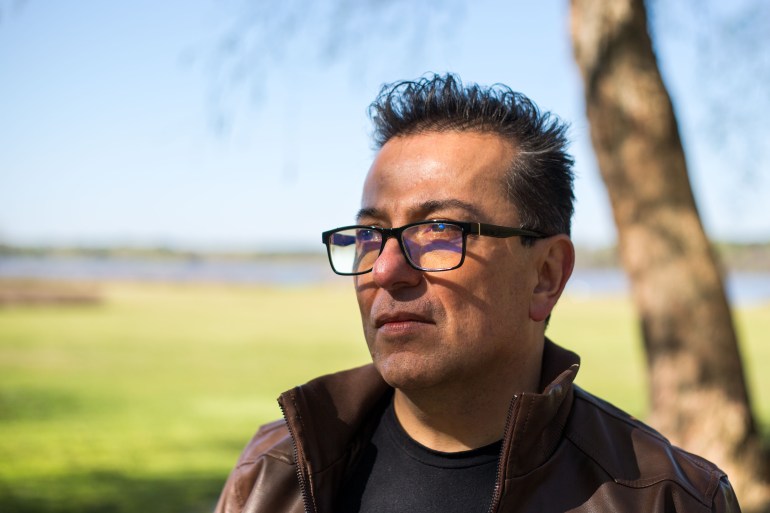
Questions of birth defects
Global Witness’s report echoes concerns that community members have voiced for years.
Shortly after the landfill was inaugurated, the community of Patio Bonito started to observe afflictions among newborns and children.
A local paediatrician, Yesid Blanco, began to look into a possible link between the landfill and diseases among children in the area.
He claims to have documented 27 cases of a rare skin condition known as Job’s syndrome between 2016 and 2018. The disease usually affects one in every 100,000 newborns.
Blanco also told local media that he also found cases of anencephaly — a serious but rare birth defect in which a baby is born without parts of the brain and skull.
Veolia, meanwhile, has dismissed Blanco’s findings. In its statement to Al Jazeera, Veolia said that Blanco’s theories are “supported exclusively by his personal media statements”.
They added that he has offered “no documented factual, legal, collective or individual claims or filings to Veolia Colombia or local environmental authorities” to back up his assertions.
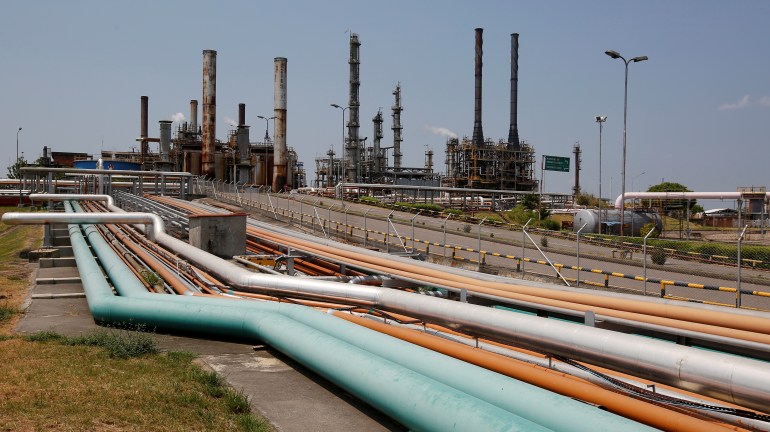
A controversial beginning
But concerns about the safety of the landfill stretch all the way back to its creation.
Colombian law generally prohibits the construction of landfills in protected areas. However, in 2014, the local environmental authority — following recommendations from oil giant Oxy — allowed a portion of the San Silvestre wetlands to be omitted from environmental protections.
That, in turn, paved the way for the landfill to be built, despite outcry from community members and environmental leaders.
Óscar Sampayo, a local environmental activist, told Al Jazeera that he considers what happened in Patio Bonito a case of companies “abusing the rule of law”.
“What is happening here defies all logic,” Sampayo said. “A protected wetland area should be protected by the environmental authorities and taken care of, not allowed to be used for a landfill with highly polluting environmental impacts.”

A history of seepage
Even before the landfill came under Veolia’s control, there were reports of improper waste management.
In 2016, the Colombian Environment Ministry found that Rediba had improperly built a pool to contain leachates — liquid pollutants from the landfill — beyond the area designated in the site’s license.
The pool was lacking a vital geo-membrane to filter out toxic elements, meaning that chemicals and toxins flowed into the Mocholo stream, a waterway that empties into the San Silvestre wetlands.
“All these wetlands connect to the El Zarzal stream, which is one of the main water sources in San Silvestre, where it is sourced for human consumption,” explained Leonardo Granados, a Barrancabermeja lawyer and head of the environmental organisation San Silvestre Green.
Granados sees a link between the 2016 ministry report and health problems in the Patio Bonito community: “Children started to develop gastrointestinal problems and skin outbreaks.”
In February 2017, a study financed by the local municipal authority analysed samples of sediment taken from bodies of water near the landfill. It found “significant values” of metals including “arsenic, barium, calcium, manganese, mercury, sodium and iron”.
Heavy metals like mercury and arsenic are known to cause birth defects and have been shown to damage DNA.
But in its statement to Al Jazeera, Veolia said that, under its management, “there is no leachate discharge in the water sources from the landfill. All leakage is treated within the plant’s premises using reverse osmosis technology”.
It also claimed to have “reinforced and modernised the treatment process to bring the site to highest environmental standards”.
The company added that, when it acquired the landfill, the main issues identified by Colombia’s government “were solved”.
‘When they threaten, they kill’
Faced with ongoing environmental concerns in Patio Bonito, residents like Graciela Rojas have chosen to leave. She was worried the nearby landfill could hurt her young daughter’s health.
Environmental leaders and experts who have spoken out against the waste site have also felt pressure to leave. Blanco, Sampayo and Granados all said they have received multiple death threats for their activism, including from armed groups.
Both Sampayo and Blanco ultimately fled Barrancabermeja after numerous threats, with the latter now living in exile in the United States. “What we have learned throughout the history of this region is that when they threaten, they kill,” Sampayo explained.
Threats, however, are not an uncommon occurrence in Santander, the department where Barrancabermeja is located.
The department sees the highest number of death threats towards environmental defenders in all of Colombia, according to the country’s Special Jurisdiction for Peace, a tribunal set up to protect victims’ rights.
Granados said he escaped an attempt on his life in October 2017, which he claims was at the hands of local paramilitary groups. Since the incident, the government has given him a personal security detail, including two bodyguards, a vehicle and a bullet-proof vest.
But Sampayo remains determined to continue his activism, even from outside Patio Bonito.
“The fear remains, but that’s not stopping us,” he said. “We may need to relocate elsewhere but the vocal support for the protection of nature and of our human rights will always remain.”

